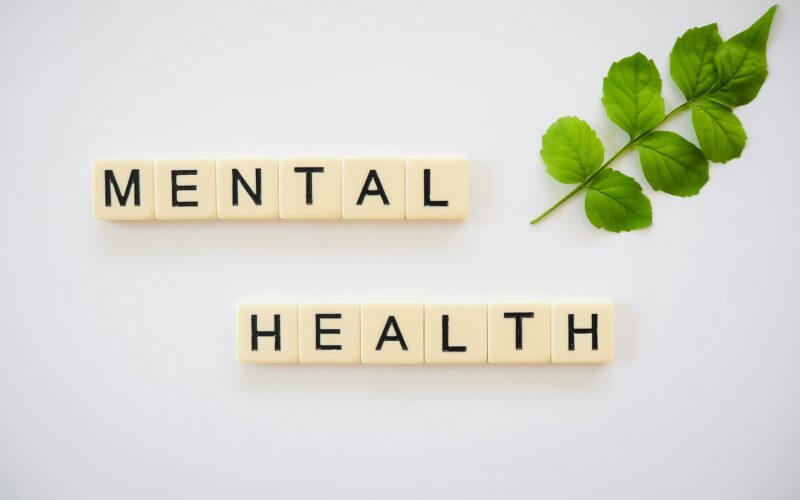Do you ever feel like your campus is balancing on a tightrope when it comes to mental health support? It’s no secret that youth mental health services are a growing need in schools. As a principal or counselor, you’re on the front lines, looking out for signs of distress and doing your best to create a nurturing environment. In this article, we’ll talk about practical ways to empower students, reduce stigma, and make mental health support more accessible for everyone.
Recognize the growing crisis
More students now report issues like anxiety, depression, and social isolation. The pressures of academic performance, social media, and family dynamics can quickly add up. You might see higher absentee rates, slipping grades, or frequent trips to the nurse’s office. By staying aware of these trends, you can spot potential problems sooner and connect students with the help they need.
Understand key risk factors
Students come from diverse backgrounds, which means they face different stressors. Some of the most common risk factors include:
- Bullying or social conflict
- Traumatic family events (e.g., divorce, loss, or abuse)
- Chronic health conditions or disabilities
- Financial insecurity at home
Identifying these factors early allows you to intervene, offer resources, and keep minor challenges from turning into major crises. If you come across harmful beliefs or misconceptions about mental health, you can address them head-on to prevent mental health stigma in schools.
Start a supportive culture
You’re in a unique position to shape the school environment. Whether by training teachers to recognize warning signs or creating peer mentoring programs, your leadership sets the tone. Encourage staff to ask open-ended questions like, “How are you holding up?” This simple approach can help students feel safer opening up about their struggles.
Ideas for boosting connection
- Begin faculty meetings with a short mental well-being check-in.
- Collaborate with local mental health professionals to host workshops.
- Promote coping strategies for students during homeroom announcements.
Provide targeted resources
When students are ready to seek help, having clear-cut options is crucial. Consider building a dedicated website page or bulletin board that lists counseling contacts, hotlines, and local therapy providers. Your aim should be to make these support avenues visible to all, without creating extra shame or confusion.
Possible resource channels
- A private corner of the library with brochures and hotline numbers.
- Regular assemblies that highlight the importance of mental well-being.
- A link to student mental health support on your school’s website.
By making these resources easy to find, you lower the barriers that might prevent a student from reaching out.
Collaborate with school counselors
School counselors are a powerful ally when it comes to youth mental health services. They’re trained to handle emotional emergencies, guide students through crises, and foster resilience. If you haven’t done so already, explore school counselor resources that can help them stay current on best practices. Ensure they have a safe, approachable space where students can drop in at any time.
Empower students to speak up
Even with ample staff and community help, students often turn to each other first. Encourage student-led wellness clubs or peer support groups that can help break down stigmas. When young people learn to solve challenges together and share coping tips, that sense of solidarity can make a huge difference.
Ways to encourage peer support
- Invite student club leaders to plan mental health awareness events.
- Offer training workshops that teach empathetic listening skills.
- Create an online forum for anonymous questions and advice.
Encourage ongoing dialogue
Keep the conversation going by integrating mental health education into regular coursework, advisory sessions, and newsletters. Students should be aware that mental well-being is part of overall wellness, just like physical health. If your staff sees mental health as part of daily life rather than a taboo topic, students are more likely to speak up when they need help.
Key takeaways
- Early recognition of at-risk students can prevent urgent crises.
- Clear resource pathways and staff collaboration support your school community.
- Encouraging peer-led initiatives gives students a platform to help each other.
Supporting mental health in your school is an ongoing effort, and it’s one worth investing in every day. By prioritizing youth mental health services, you empower students to thrive emotionally, socially, and academically. A simple “How can I help?” may be all it takes to open the door to real change.



